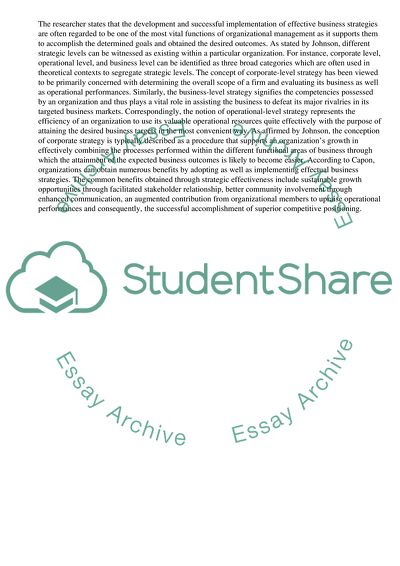Cite this document
(“Key Theories of How Strategy is Developed and Implemented and the Assignment”, n.d.)
Retrieved from https://studentshare.org/management/1614562-strategic-thinking-and-strategic-leadership
Retrieved from https://studentshare.org/management/1614562-strategic-thinking-and-strategic-leadership
(Key Theories of How Strategy Is Developed and Implemented and the Assignment)
https://studentshare.org/management/1614562-strategic-thinking-and-strategic-leadership.
https://studentshare.org/management/1614562-strategic-thinking-and-strategic-leadership.
“Key Theories of How Strategy Is Developed and Implemented and the Assignment”, n.d. https://studentshare.org/management/1614562-strategic-thinking-and-strategic-leadership.


